In Photos: Stunning Stalagmite Structures Discovered in French Cave
Stalagmite measurements
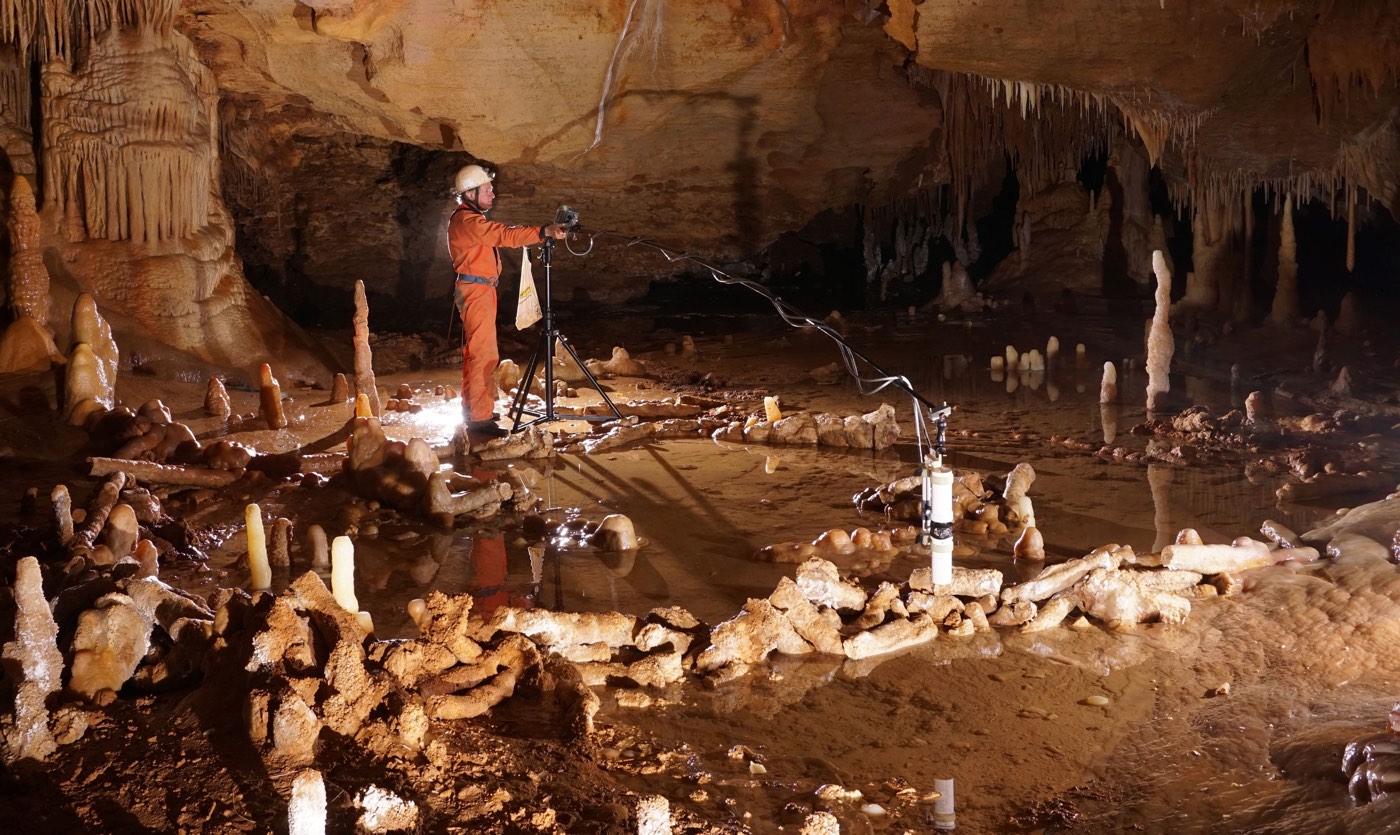
Scientists have examined ancient ring-like structures that were found inside Bruniquel Cave in southwestern France. They found that the structures, which were crafted from pieces of stalagmites (mineral formations that grow upward from cave floors), were likely built by Neanderthals around 176,000 years ago. Details of the structures suggests Neanderthals may have been more socially sophisticated than was previously thought.
Here, scientists take measurements for the archaeo-magnetic survey in the Bruniquel Cave, where they found near-circular structures made of stalagmites. [Read the full story on the Bruniquel Cave discoveries]
Nestled in a valley
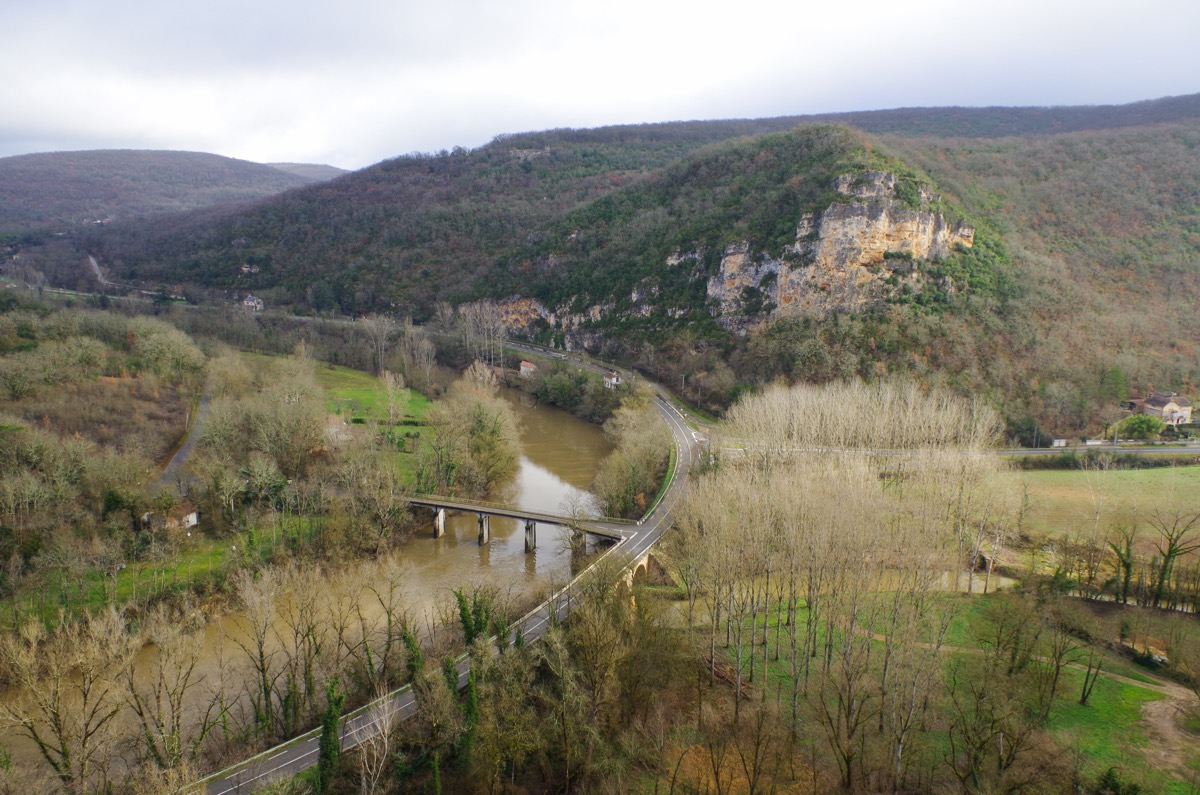
The Bruniquel Cave is located on private property, overlooking the Averyron Valley (shown here), near a tributary of the Tarn River, in southwestern France. [Read the full story on the Bruniquel Cave discoveries]
Finding a hidden gem
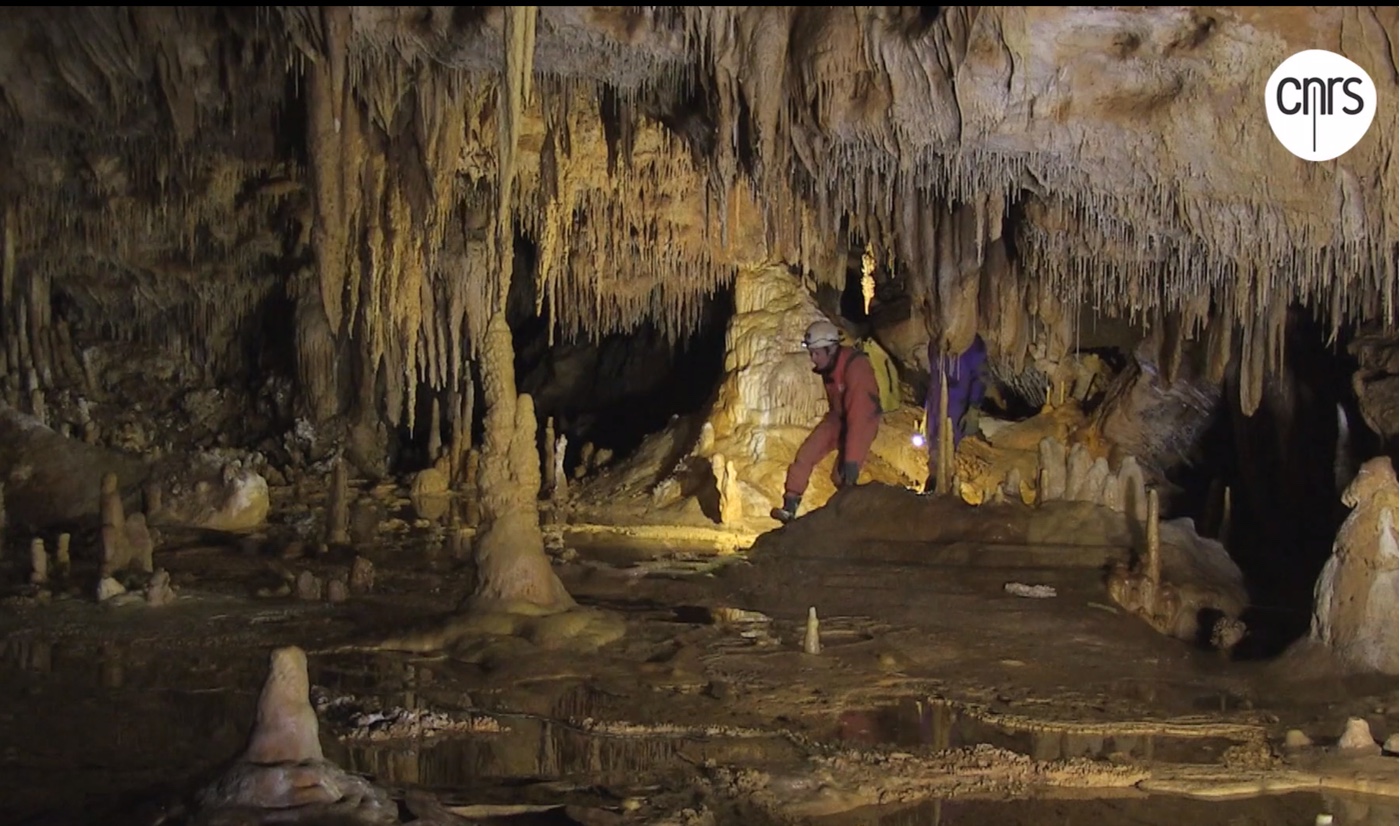
The story begins in 1990 when speleologists from a nearby town found an entrance to the cave through a thick layer of clay. After squeezing through narrow passageways, the cavers discovered a vast chamber that was hidden under the limestone plateau. After some initial investigations of the structures, the scientists dated them to about 47,600 years ago. Then, the archaeologist leading the study, F. Rouzaud, and work stalled until 2013, according to the archaeologists currently on the project. [Read the full story on the Bruniquel Cave discoveries]
Cave drilling
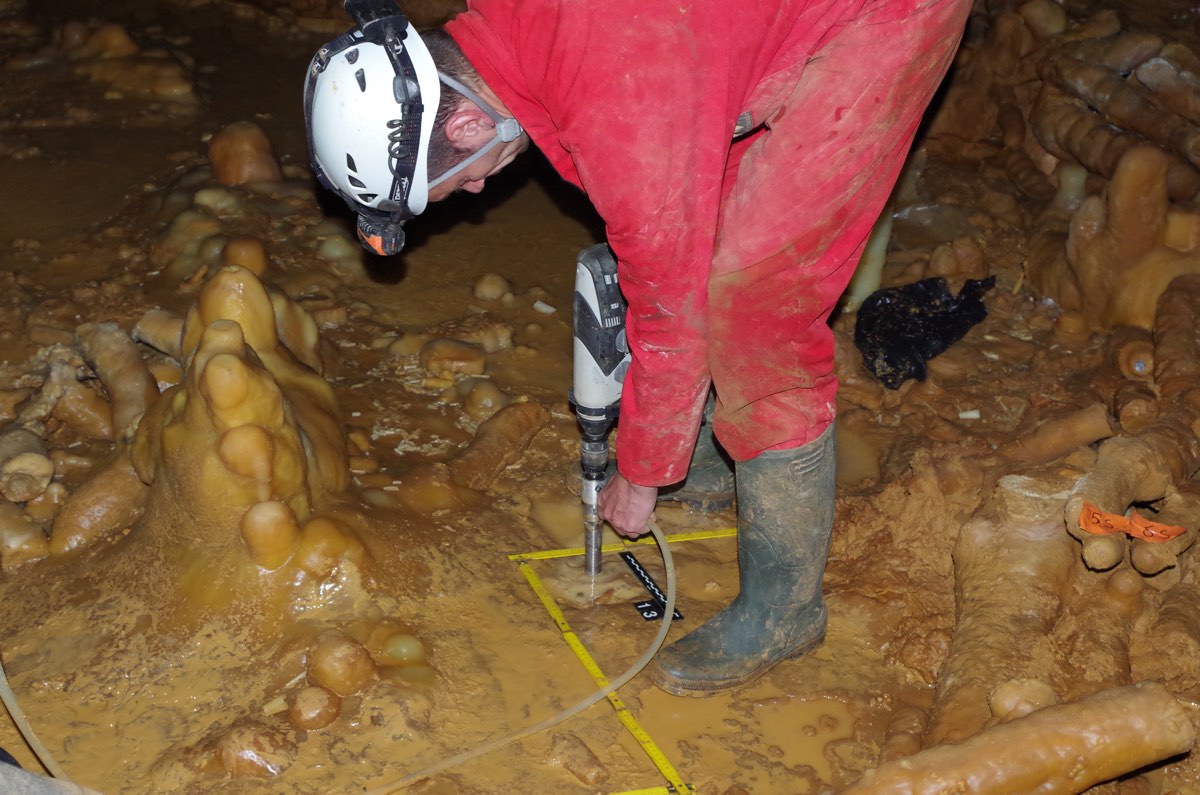
All together, archaeologists have found two large ring-like structures and four smaller stalagmite constructions. The structures are located about 1,100 feet (336 meters) from the cave's entrance.
Here, scientists drill into the stalagmitic floor inside one of the structures, likely created by Neanderthals, in the Bruniquel Cave in southwestern France. [Read the full story on the Bruniquel Cave discoveries]
Structures in 3D
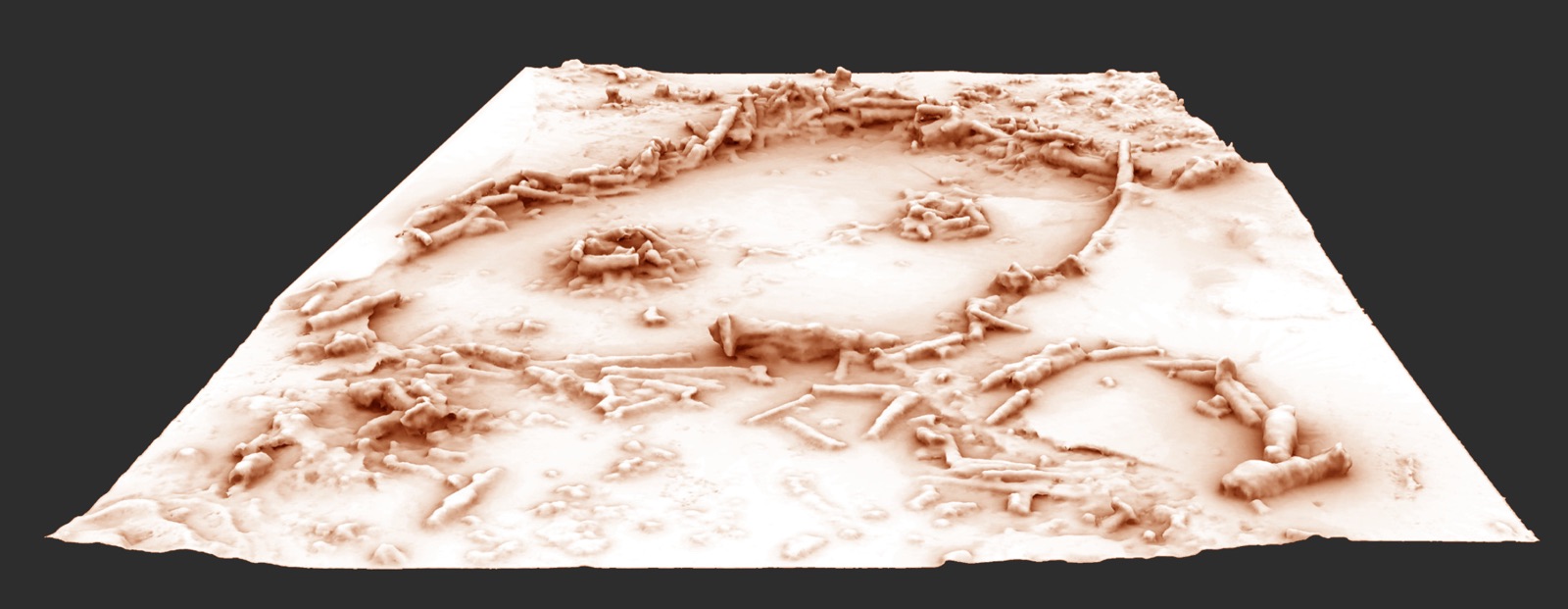
This 3D reconstruction reveals the stalagmite structures in the Bruniquel Cave in France.
Sign up for the Live Science daily newsletter now
Get the world’s most fascinating discoveries delivered straight to your inbox.
Burnt material
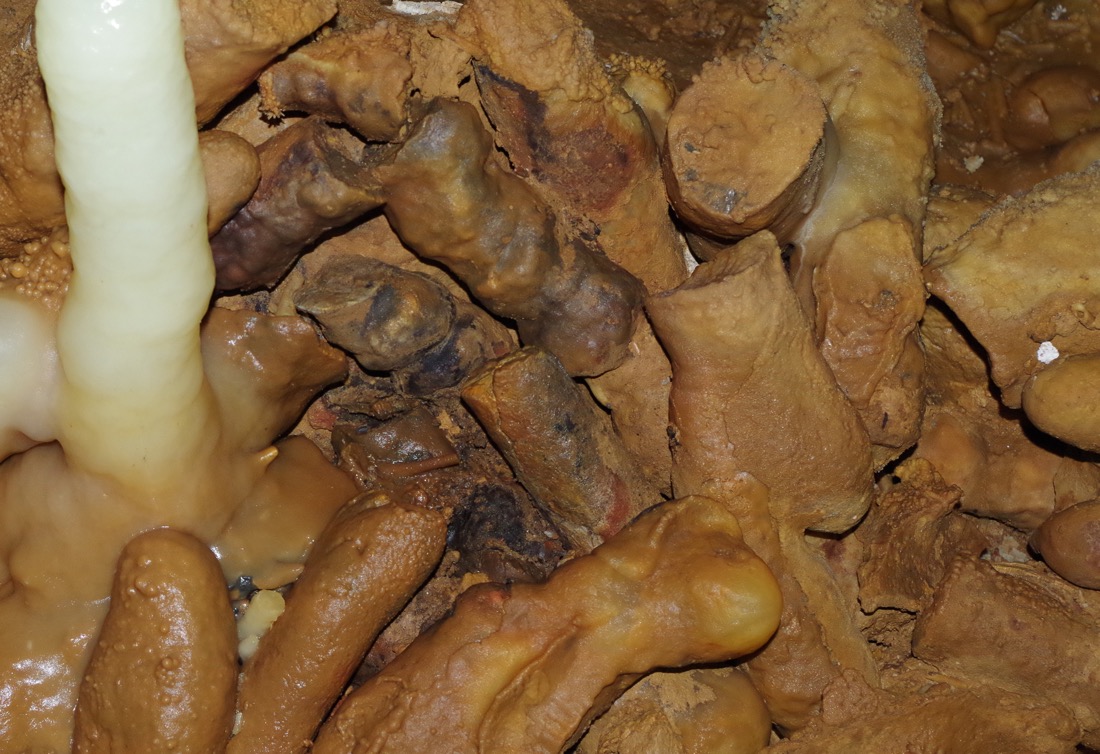
Inside a room in Bruniquel Cave, scientists discovered traces of fire (close-up shown here) within the sections and pieces of stalagmites, which they have termed "speleofacts." [Read the full story on the Bruniquel Cave discoveries]
Dating speleofacts
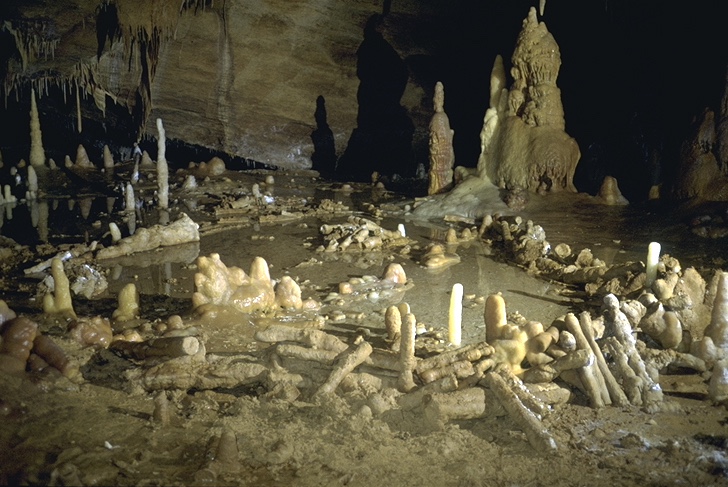
In the new study, scientists had more advanced ways of dating the materials. They used uranium-series dating, in which they look at the ratio of uranium to thorium, knowing how long the breakdown from one to the other takes. They now estimate that the stalagmites were broken and moved into the circular formations around 176,000 years ago, or 40,000 years before modern humans entered this region. [Read the full story on the Bruniquel Cave discoveries]
Bruniquel Cave treats
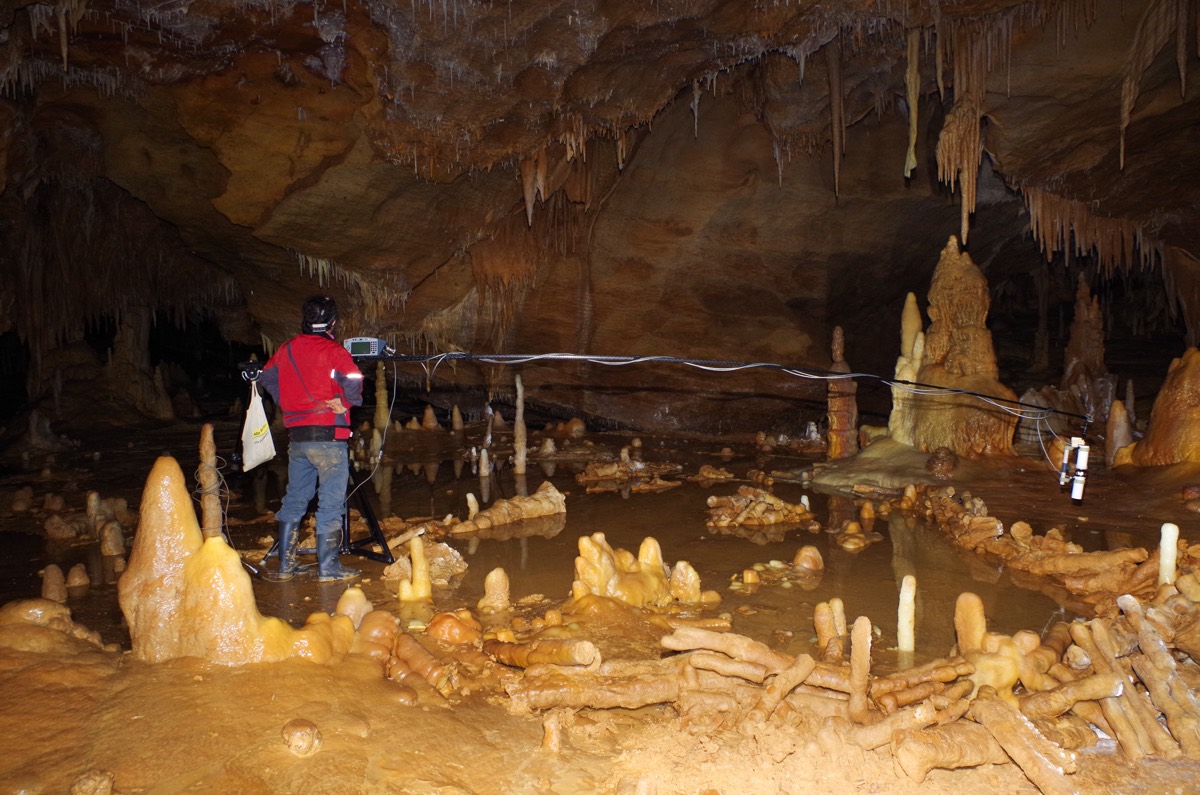
Though the researchers aren’t sure of the purpose of these ring structures, their analysis showed they were made from similarly sized pieces of stalagmites, suggesting the construction was carefully planned, they said. That discovery, along with traces of fire activity, suggest the builders (likely Neanderthals) had complex social behaviors. In addition the structures may have been used to enclose fires. [Read the full story on the Bruniquel Cave discoveries]
Jeanna Bryner is managing editor of Scientific American. Previously she was editor in chief of Live Science and, prior to that, an editor at Scholastic's Science World magazine. Bryner has an English degree from Salisbury University, a master's degree in biogeochemistry and environmental sciences from the University of Maryland and a graduate science journalism degree from New York University. She has worked as a biologist in Florida, where she monitored wetlands and did field surveys for endangered species, including the gorgeous Florida Scrub Jay. She also received an ocean sciences journalism fellowship from the Woods Hole Oceanographic Institution. She is a firm believer that science is for everyone and that just about everything can be viewed through the lens of science.









